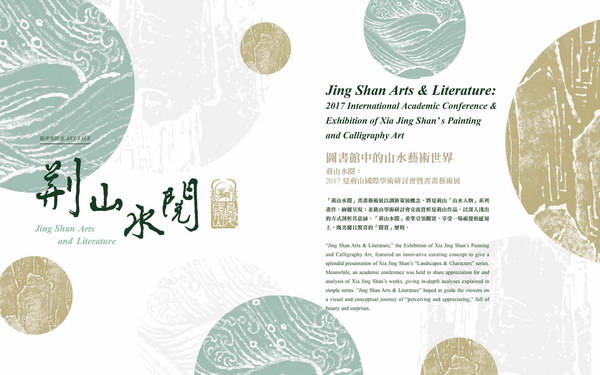
The objective of this essay is to explore the perspective and concepts on art embraced by
Master Sheng Yen (1930-2009). Sheng Yen believed that the connection between
Buddhism and art is diverse and complex and is integral to the religion. However, Sheng
Yen’s insights on art are widely dispersed in various writings, lacking systematic
organization. This essay looks at the question of “What was the concrete view on art held
by Sheng Yen?” The study is conducted with philosophical hermeneutics as the foundation
and then further introduces the concept of creative hermeneutics, with Sheng Yen’s
perspective on art and other profound significance examined.
Bearing this in mind, this study seeks to argue the following: 1. Sheng Yen’s perspective on
art is one that is indubitably based on Buddhism, with his views and realizations on Zen
studies incorporated; 2. On the surface, Sheng Yen’s objective for applying art is to spread
the teaching of his religion; 3. Buddhist practitioners engage in artistic activities in order to
support their religious training, to help with reflection, and to tame emotions; 4. Makers of
Buddhist art should revere the religion and reflect their personal understanding and
interpretation of the religion; 5. Buddhist art must place the value of “benevolence” in
“truth, benevolence and beauty” at its core, and the definition of “benevolence” here must
adhere to the perspective upheld in Buddhism.
Research Conclusion: 1. Clarify Sheng Yen’s thoughts on art; 2. Interpret how Sheng Yen
regarded art’s purpose; 3. Sum up Sheng Yen’s thoughts on art’s meaning for Buddhism; 4.
Analyze the connection between the emotions evoked by art and Buddhist training, and
present Sheng Yen’s advocacy for eclecticism; 5. Construct Sheng Yen’s perspective on art
based on “the comprehensive multi-layered far-and-near perspective”. Lastly, critiques are
made on Sheng Yen’s art perspective, with unexamined aspects in this study pointed out for
further research in the future.
